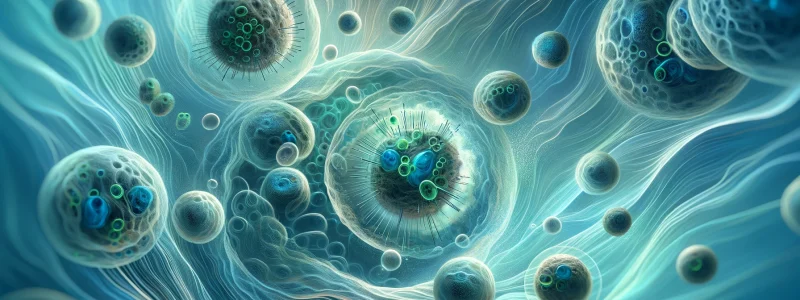Cells are the fundamental unit of life and their ability to reproduce is essential for the growth, repair and survival of organisms. This article provides a detailed overview of the different types of cell reproduction, using current data to better understand how these fundamental strategies sustain life on our planet.
Asexual Reproduction in Cells: Mitosis and its Implications
Mitosis is the most common type of asexual reproduction in eukaryotic cells. During this process, a parent cell divides to form two genetically identical daughter cells, essential for tissue growth and repair. This mechanism ensures that each new cell receives an exact copy of the parent cell’s DNA, maintaining genetic stability across generations.
Meiosis: The Basis of Sexual Reproduction in Cells
Meiosis is fundamental to sexual reproduction, occurring in germ cells to produce gametes with half the number of chromosomes of the original cell. This process not only contributes to genetic diversity through recombination and independent segregation of chromosomes but is also crucial for the formation of eggs and sperm in multicellular organisms.
Bacterial Reproduction: Binary Fission and Beyond
In bacteria, asexual reproduction predominates through binary fission, a rapid and efficient process where one cell divides into two daughter cells. In addition, some bacteria exhibit methods such as conjugation, transformation and transduction, which although not forms of reproduction per se, allow for the transfer of genetic material and increase genetic diversity.
Conclusion
The types of reproduction in cells are fundamental to understanding not only cell biology but also the evolutionary principles that drive the diversity and adaptability of life on Earth. As we advance our understanding and technology, the ability to manipulate these processes offers promise for medical and biotechnological applications.
External References
- Nature Cell Biology – In-depth study of the mechanisms and regulation of cell reproduction.
- Cell Press – Latest research and discoveries in cell biology.
